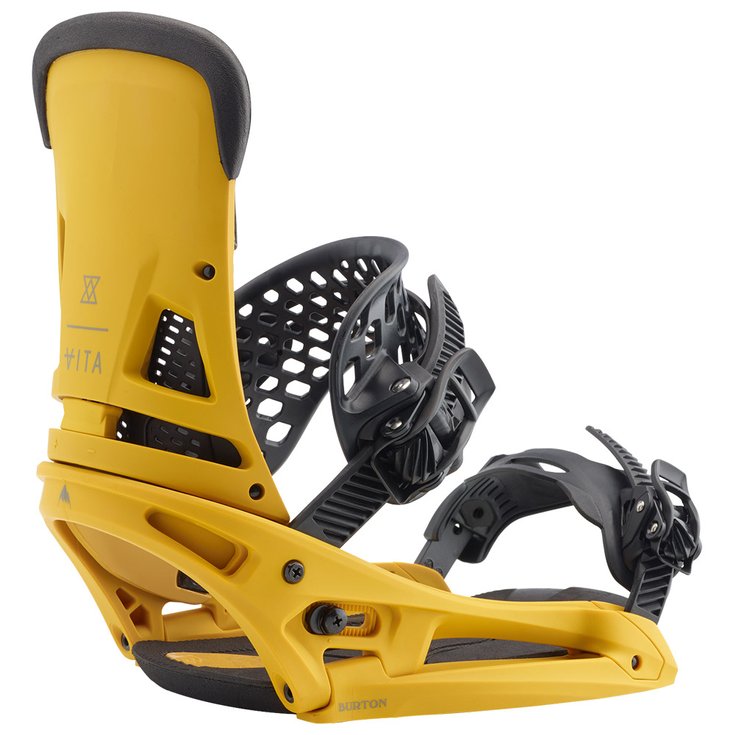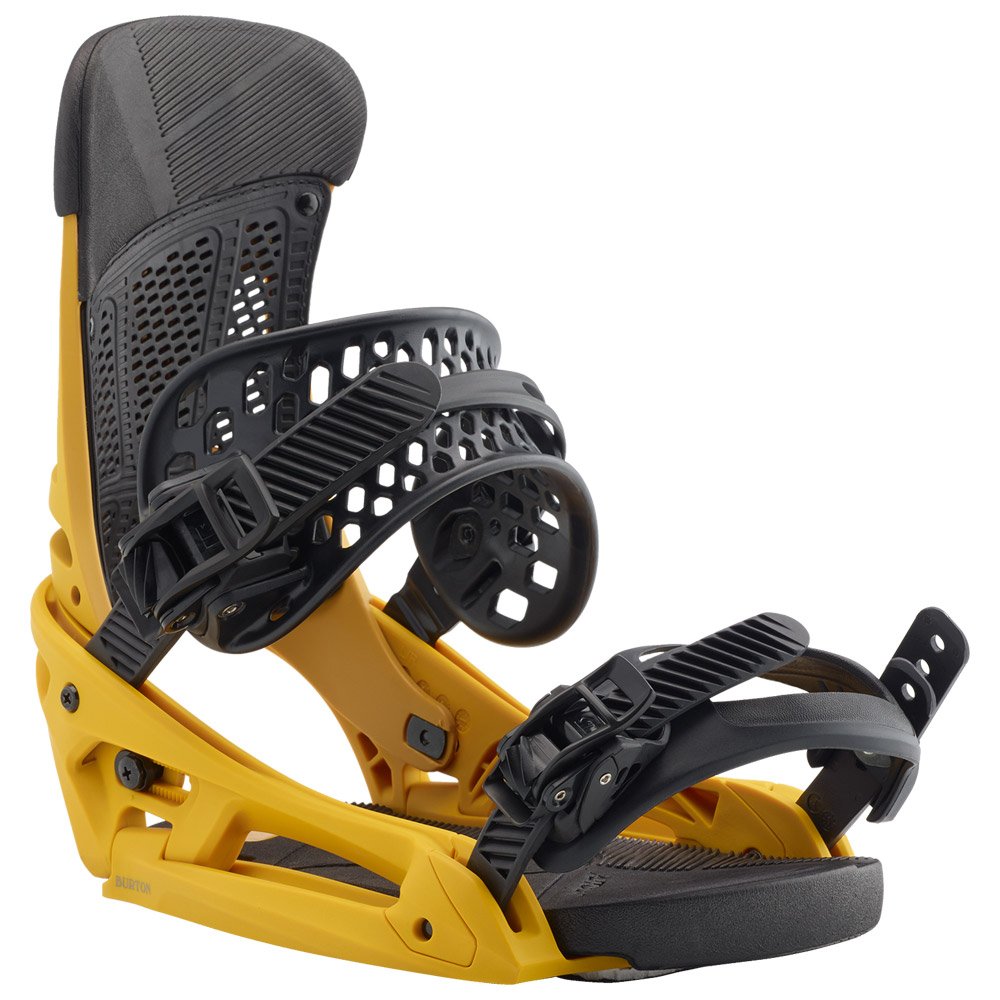For an optimum comfort and a safe ride, it is essential to set your bindings correctly. To do so, you need to take off the screws of the basplate with a Phillips screwdriver (4 screws for most bindings, 3 on some Burton's boards, and 2 Burton's boards featuring the ICS system on EST Burton's bindings).
Also, on some bindings, the plate is hidden underneath the gas pedal. To unscrew the plate, you need to take off the gaspedal first. You can do that by unscrewing it, or if there's no visible srew (on some Burton's bindings for instance), you need to pull the gaspedal upward to unblock it.
1. The bindings stance
The first thing to start with is your stance. Right foot in the fronf if you are Goofy, left foot in the front if you are Regular.
2. The stance width
Once you're correctly oriented, you need to set the stance width, i.e. the length of the gap between your feet. This width will vary depending on your style or on your board. Often, you'll notice some marks on the inserts. They show the standard stance recommended for the board. If you don't know what's your stance, use these marks for your first settings. If after riding you don't feel comfortable this way, you can always change these settings for a wider or narrower stance.
3. The bindings angle
Eventually, you'll need to set the angle of your bindings, that means you'll set the way your feet are oriented on the board. To do so, turn the plate until you reach the correct angle (written in degrees). Don't do this settings with the plate screwed on, or you'll damage the cranks of the plate or the baseplate.
Angle marks are going 3 by 3 (one mark equals 3 degrees). The classic angles for a beginner or a recreational snowboarder would be +15° for the front foot (toes pointing forward) and 0° for the rear foot.
If you're more into freestyle, you can try the "duck stance", it provides more stability on landings. The duck stance (also called mirrored) is very comfortable, but may not feel very natural at first. Start with a slight angle for the back foot. For instance, +15° for the front, -3° or -6° for the back. This is usually used for freestyle, on twin-tip boards. It allows an easier switch riding. Angle up the binding until you find the perfect stance. Freestylers usually ride with a centered stance angled at +15° / -15° for a better switch or regular riding, easier spins and stabler landings.
If you are more like a carver or a freerider, the angle will be set for easier high speed turns. That means both feet will be oriented forward. Try every angle and see how it feels. We recommend that you don't go below +15° for the front foot. Try to ride for a few hours and adjust your angles according to your feel. Common forward angles are +18° / +6 °.










